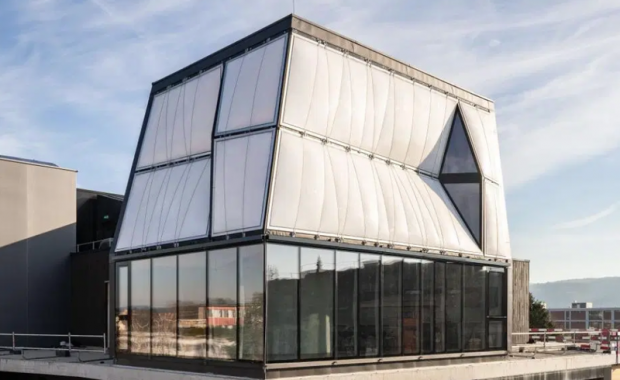
Breaking News
 $26M Frozen on Blockchain - With One Click
$26M Frozen on Blockchain - With One Click
 Italy are on national strike shutdown rejecting digital enslavement...
Italy are on national strike shutdown rejecting digital enslavement...
 The following U.S. states are currently using the rebranded "Reporty Homeland Security" so
The following U.S. states are currently using the rebranded "Reporty Homeland Security" so
 NATO Chief Urges Europe To Prepare For Long-Term World War With Russia, China, Iran & North Korea
NATO Chief Urges Europe To Prepare For Long-Term World War With Russia, China, Iran & North Korea
Top Tech News
 HUGE 32kWh LiFePO4 DIY Battery w/ 628Ah Cells! 90 Minute Build
HUGE 32kWh LiFePO4 DIY Battery w/ 628Ah Cells! 90 Minute Build
 What Has Bitcoin Become 17 Years After Satoshi Nakamoto Published The Whitepaper?
What Has Bitcoin Become 17 Years After Satoshi Nakamoto Published The Whitepaper?
 Japan just injected artificial blood into a human. No blood type needed. No refrigeration.
Japan just injected artificial blood into a human. No blood type needed. No refrigeration.
 The 6 Best LLM Tools To Run Models Locally
The 6 Best LLM Tools To Run Models Locally
 Testing My First Sodium-Ion Solar Battery
Testing My First Sodium-Ion Solar Battery
 A man once paralyzed from the waist down now stands on his own, not with machines or wires,...
A man once paralyzed from the waist down now stands on his own, not with machines or wires,...
 Review: Thumb-sized thermal camera turns your phone into a smart tool
Review: Thumb-sized thermal camera turns your phone into a smart tool
 Army To Bring Nuclear Microreactors To Its Bases By 2028
Army To Bring Nuclear Microreactors To Its Bases By 2028
 Nissan Says It's On Track For Solid-State Batteries That Double EV Range By 2028
Nissan Says It's On Track For Solid-State Batteries That Double EV Range By 2028
Meet The Revolutionary Swiss House Built Entirely By Robots

The researchers believe that robots could very well be the answer that the industry needs. And now, they have their proof of concept in the DFAB House, described as "the first habitable building designed and planned using a choreography of digital fabrication methods."
The DFAB House is 3 levels and features 3D printed ceilings, energy efficient walls, timber beams assembled by robots and an intelligent home system. The house is near Zurich and was developed by a team of experts at ETH Zurich University with help from thirty industry partners. It took four years to develop and build the house, which measures 2,370 square feet and required 60% less cement than a traditional building. The DFAB House also passed stringent Swiss building codes.
Matthias Kohler, a member of DFAB's research team said: "This is a new way of seeing architecture. Suddenly how we use resources to build our habitats is at the center of architecture. How you build matters."
Kohler continued: "Of course we're interested in gaining breakthroughs in speed and economy, but we tried to hold to the idea of quality first. You can do things very, very fast but that doesn't mean that it's actually sustainable."

 Carbon based computers that run on iron
Carbon based computers that run on iron

